Source: Anna of Diary of an Eccentric gave me this ARC as the book was aimed at readers younger than The Girl, but only slightly older than my girl. (probably the longest explanation EVER!)
Paperback, 141 pages
I am an Amazon Affiliate
Three-Ring Rascals: The Show Must Go On! (Book 1) by Kate Klise, illustrated by M. Sarah Klise, is a cute book about circus life, complete with talking animals, feats that defy gravity and the laws of physics, and a scoundrel, which is due for publication in September 2013. Sir Sidney’s Circus is a story about redemption and about being true to your friends, but it’s also about the surprising things that can happen when you’re not looking.
Sir Sidney is getting older and he’s looking for a manager when he settles on a self-proclaimed lion tamer named Barnabas Brambles, but while Sidney is away, Brambles has plans of his own — to make money for himself. The path he takes to make more money backfires even as he strives to accomplish even more devious strategies. Meanwhile, the animals sure miss their owner and suffer at the hands of Brambles, though they don’t exact any revenge.
Leaving the acrobats in charge of driving the train, Brambles finds that his plans are thrown out into the wind as the train gets stuck in places that will boggle his mind. Klise is an imaginative storyteller, and readers will like the little definition explanations she includes for some of the larger words used, as well as the explanation behind the made-up words used by the mice, Bert and Gert. The illustrations are fun and simple, and they include dialogue bubbles as the animals talk amongst themselves while Brambles makes his plans. The text is mixed in beside and inside the illustrations, which will keep readers exploring the pages, rather than rushing over the pictures.
Three-Ring Rascals: The Show Must Go On! (Book 1) by Kate Klise, illustrated by M. Sarah Klise, is a book that will entertain younger readers, though age 10 may be a little old for the book depending on the readers’ abilities. The book indicates it is for kids ages 7-10, but it read more like a book for ages 5-8, but younger readers may need help reading. As a book read at bedtime for younger ages, parents could break it up in installments over several evenings. The book is fun and only the first in the series, with certainly more antics to come, especially from Bert and Gert who are a riot.
**The Three-Ring Rascals Website offers some great insights into how the author and illustrator are like Bert and Gert, the two mice, and there are resources for teachers and fun games for kids.
About the Author and Illustrator:
Kate Klise and M. Sarah Klise have collaborated on numerous middle-grade and picture book projects. Their most recent series, 43 Old Cemetery Road, has been nominated for reading awards in nearly twenty states to date and is a Junior Library Guild selection. The pair’s novels and picture books can be found on their Website. And to find out more about the Three-Ring Rascals, visit the Website.
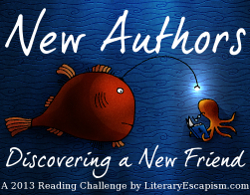


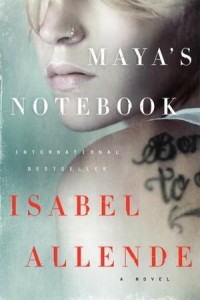

 About the Author:
About the Author: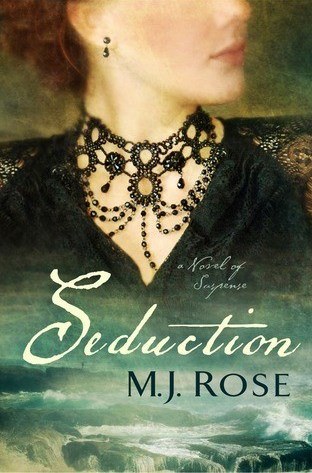
 About the Author:
About the Author: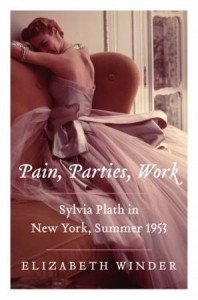
 About the Author:
About the Author:


 About the Author:
About the Author: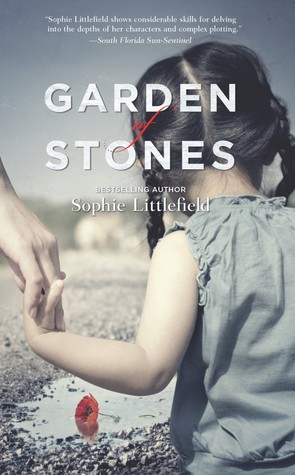

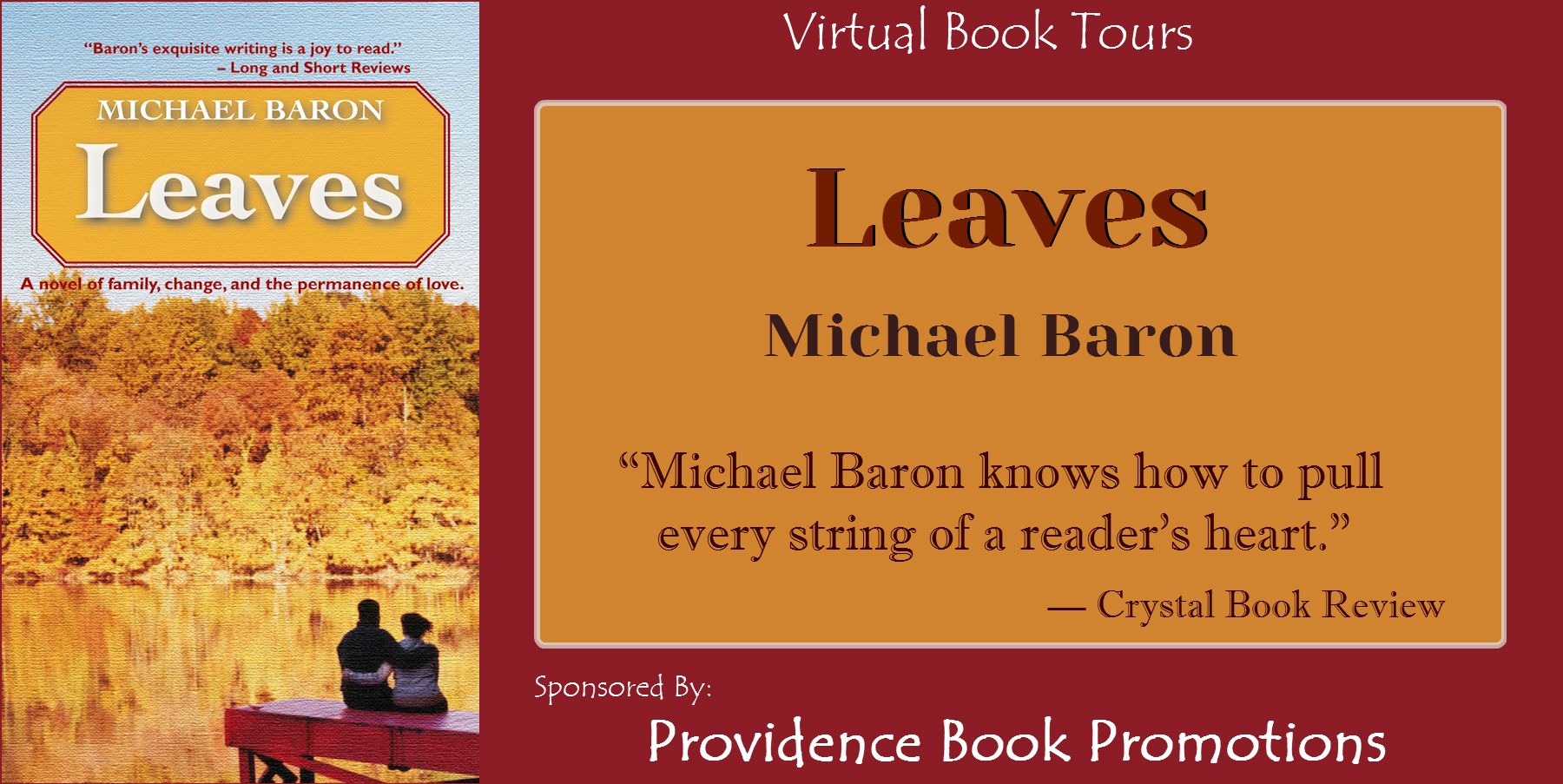

 About the Author:
About the Author: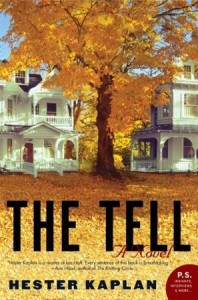
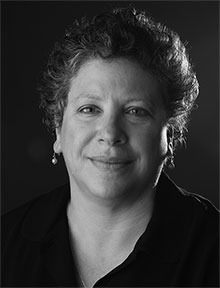 About the Author:
About the Author:


